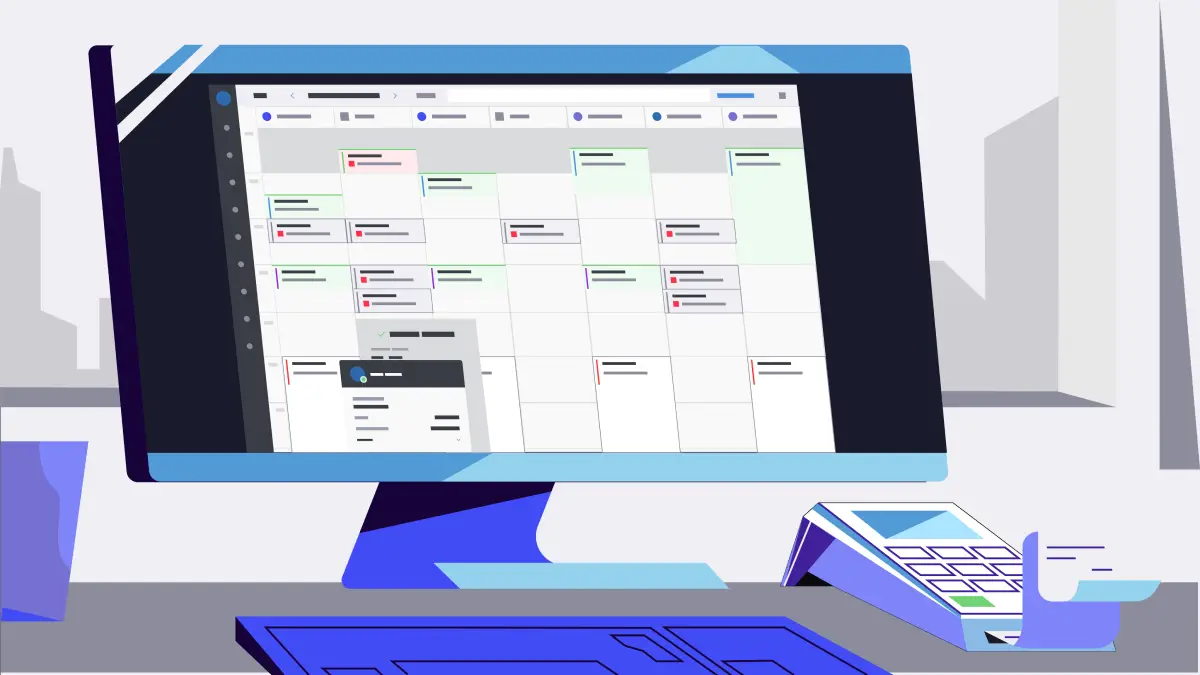
Your website is more than just a digital platform — it’s the cornerstone of your sports business. It’s where athletes, parents, sponsors, and coaches interact


Your website is more than just a digital platform — it’s the cornerstone of your sports business. It’s where athletes, parents, sponsors, and coaches interact

“Parents aren’t just signing up their kids—they’re evaluating your facility like it’s a school or healthcare provider.” When a parent chooses a sports program for